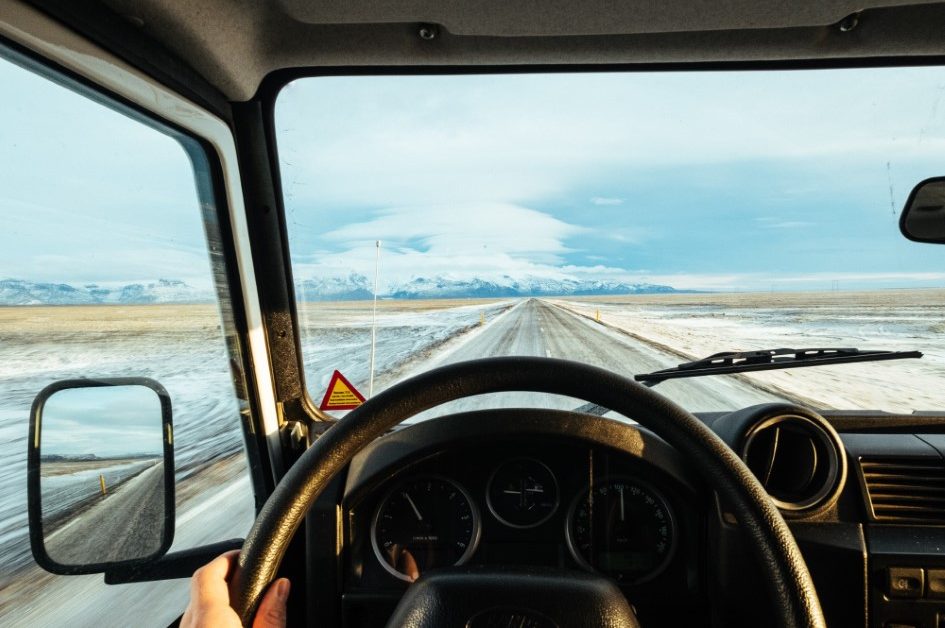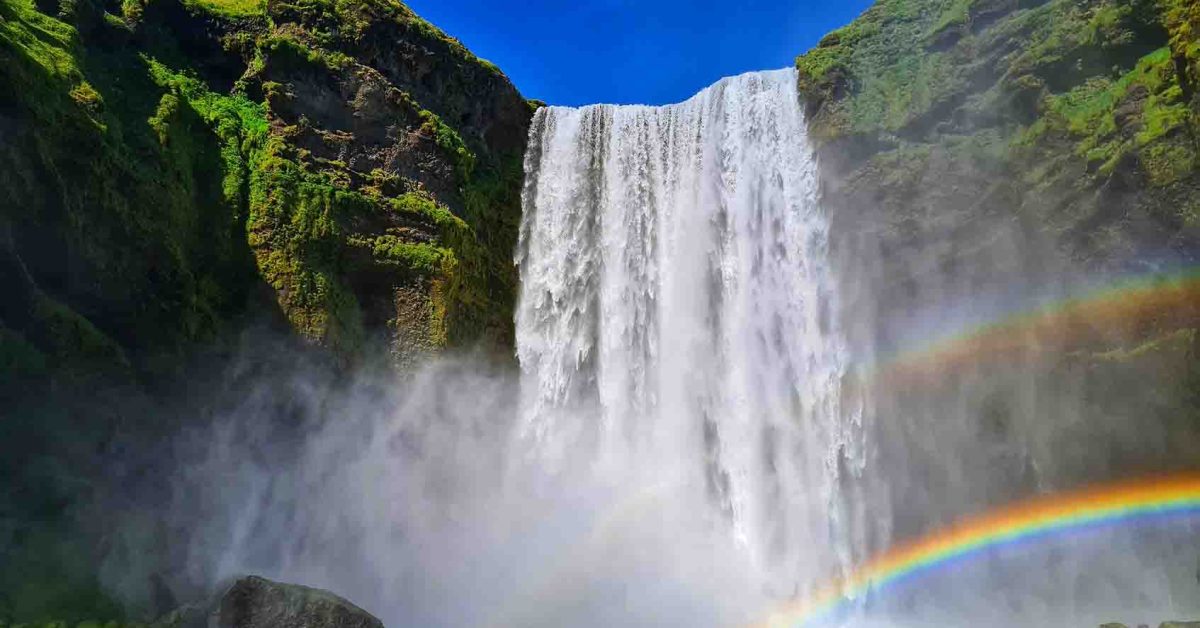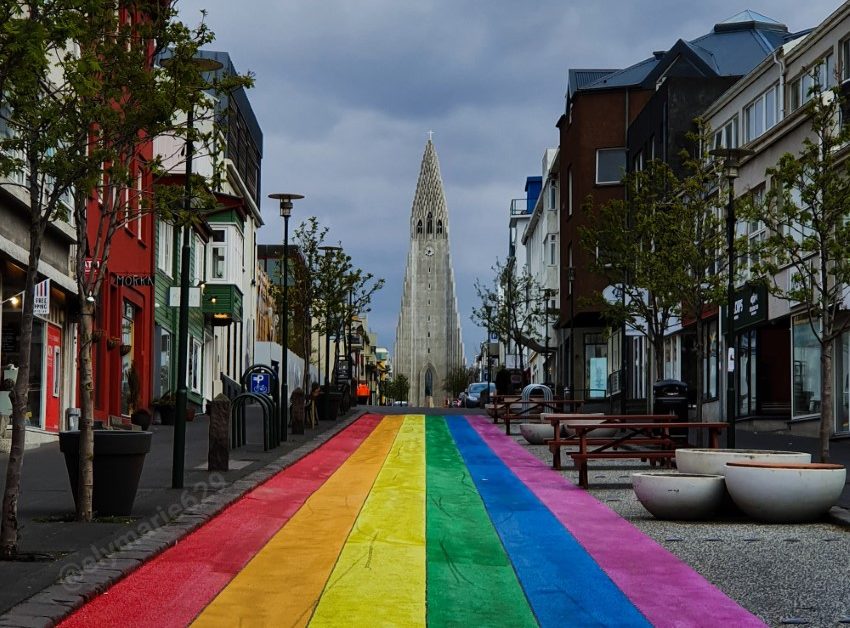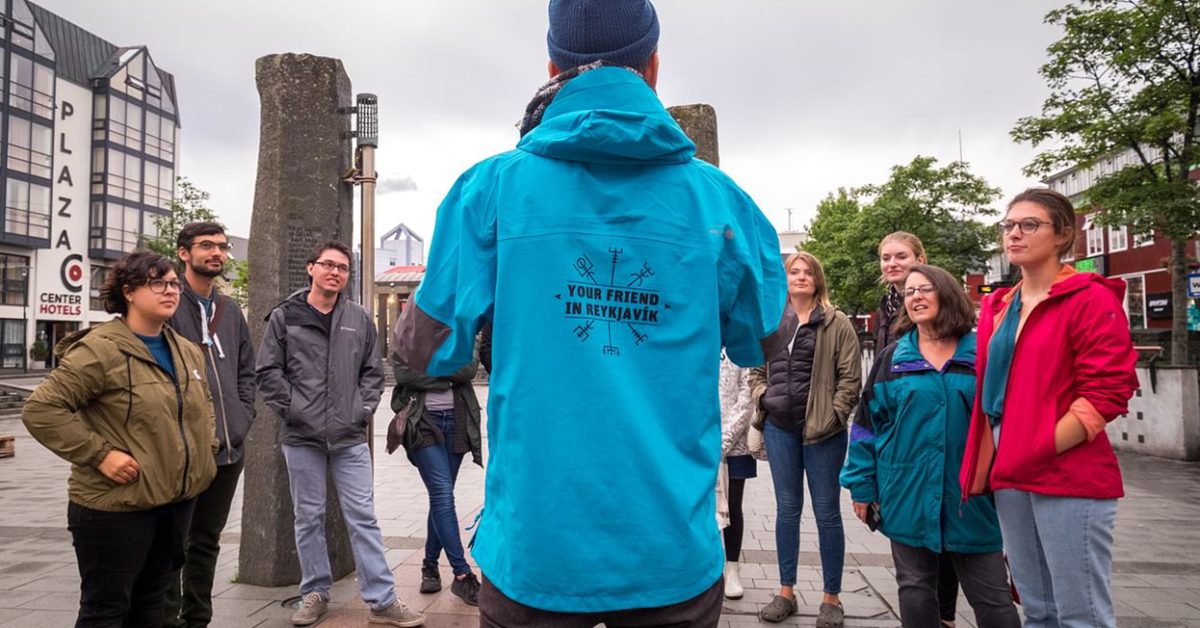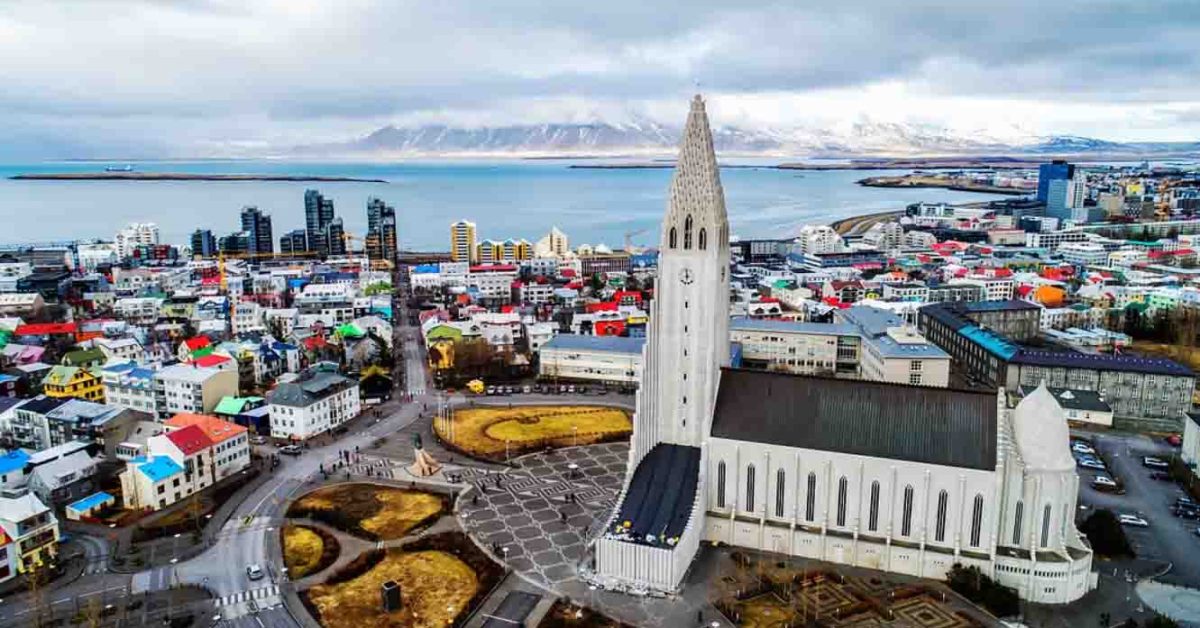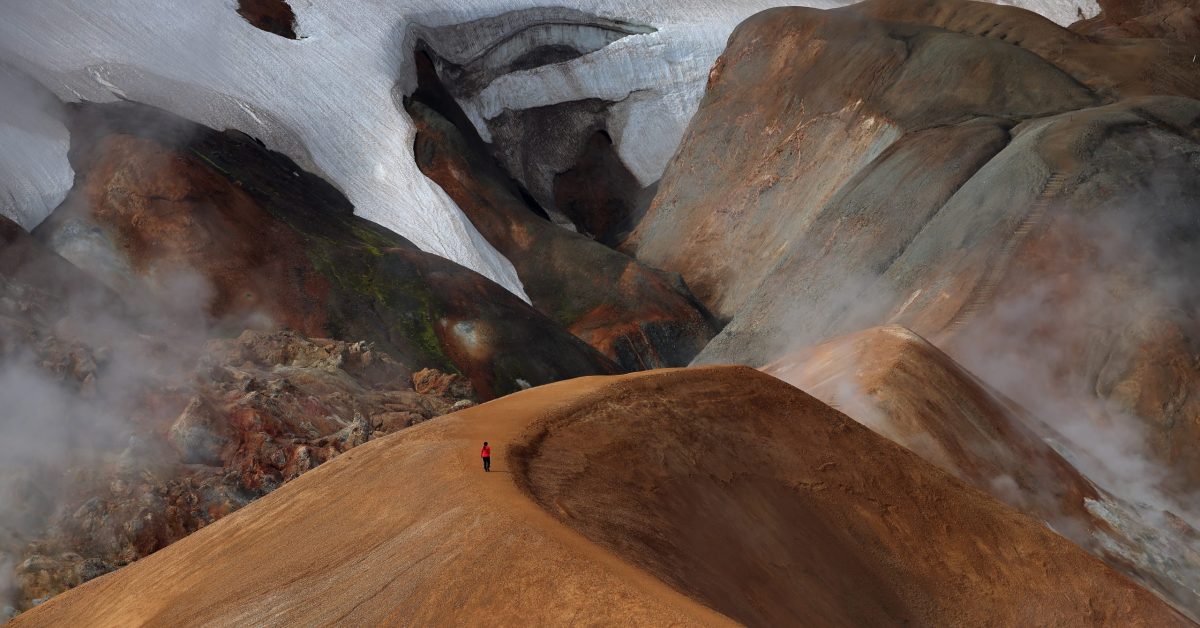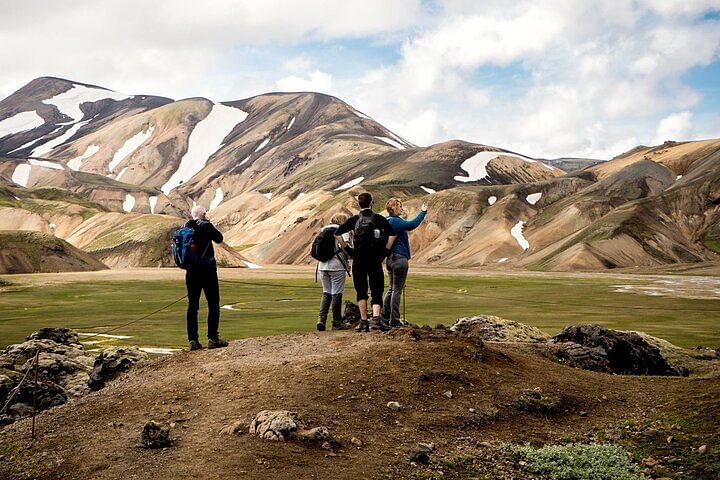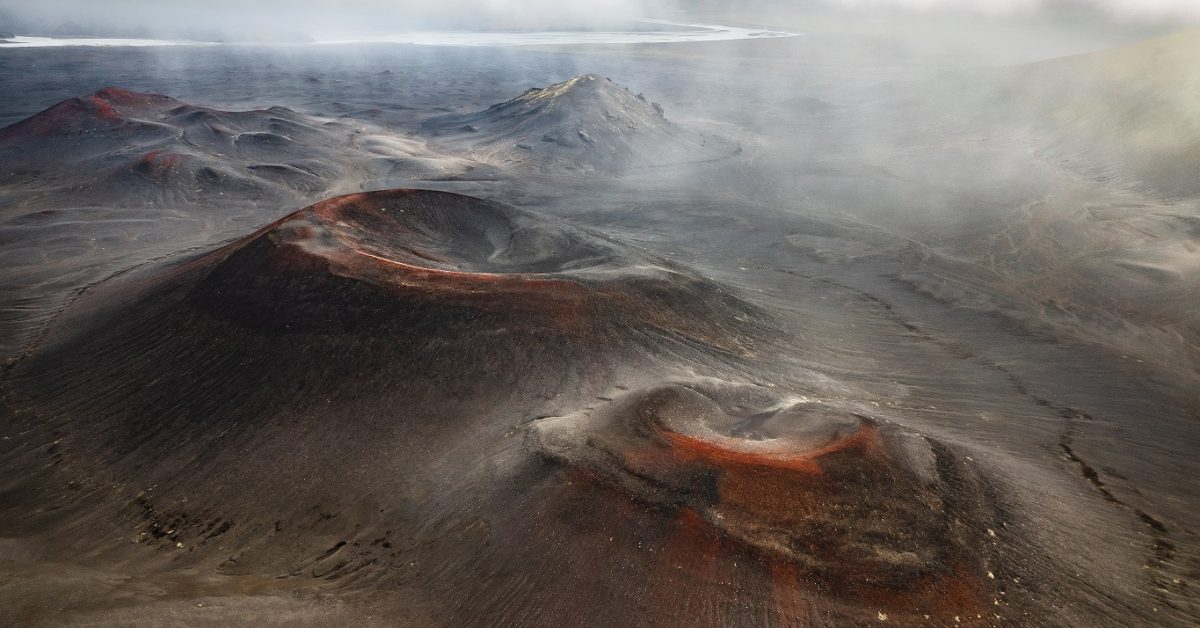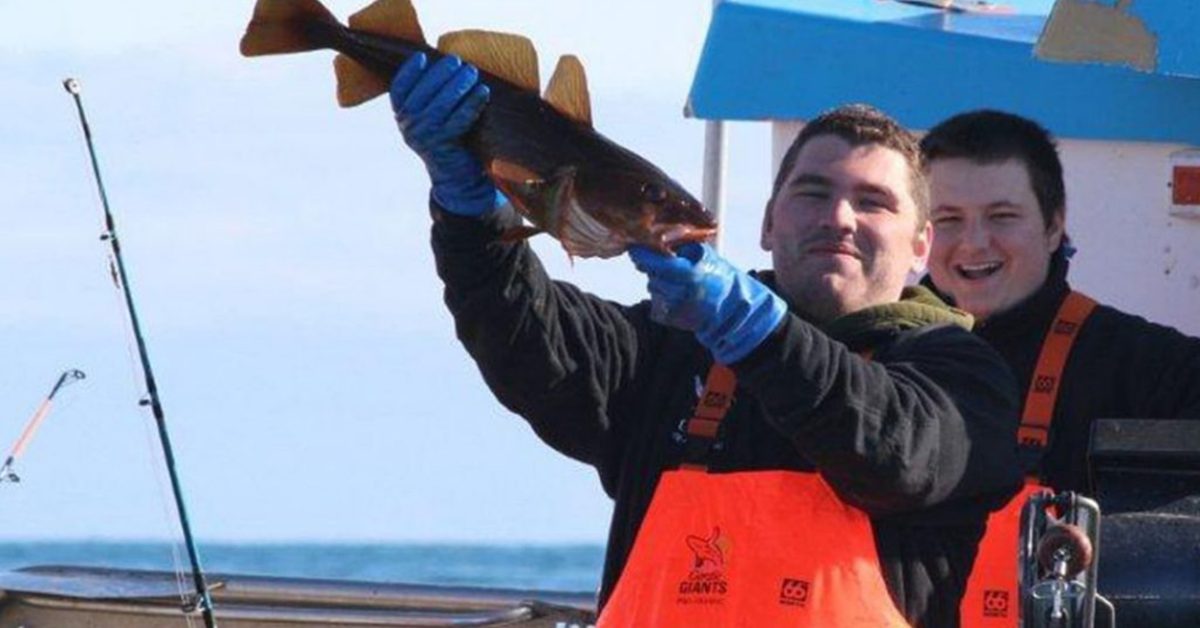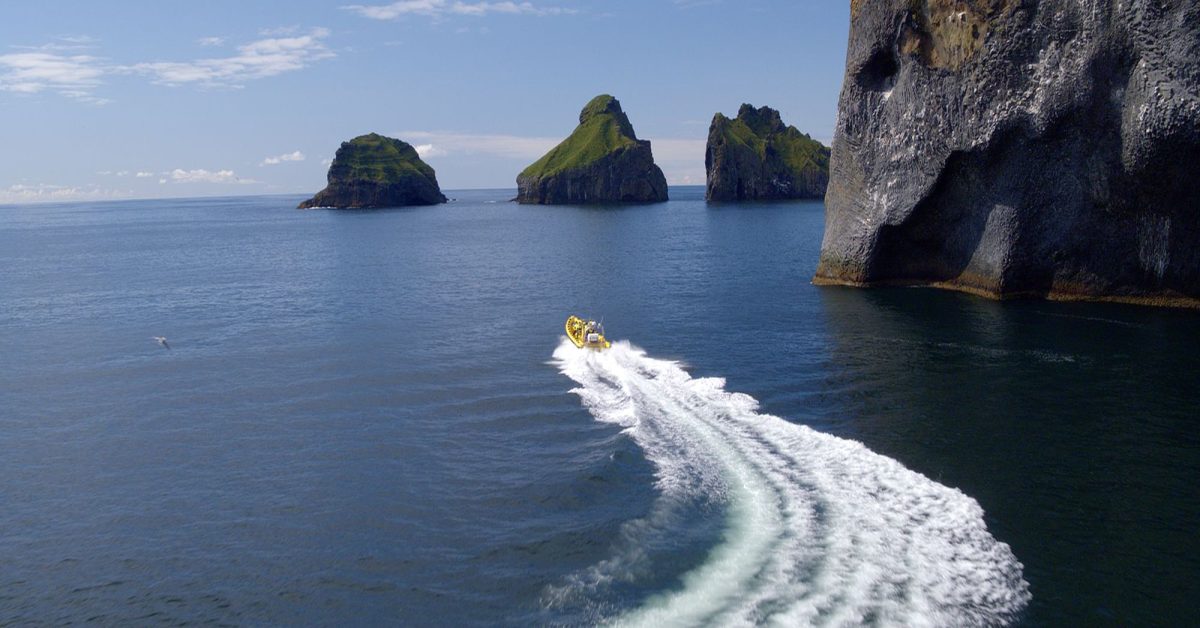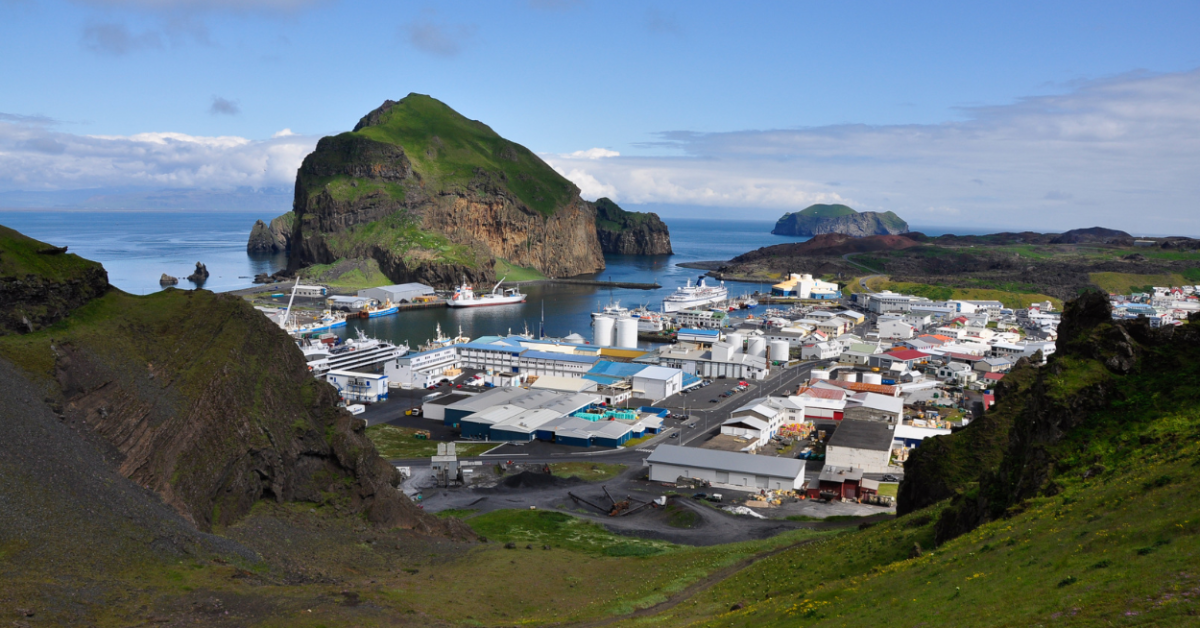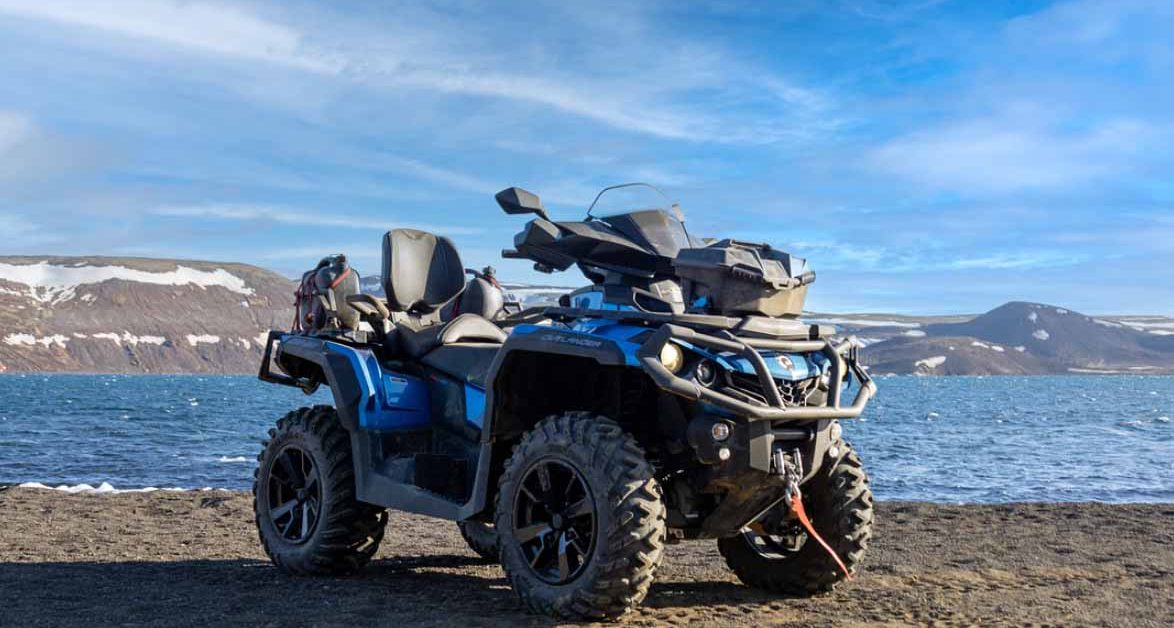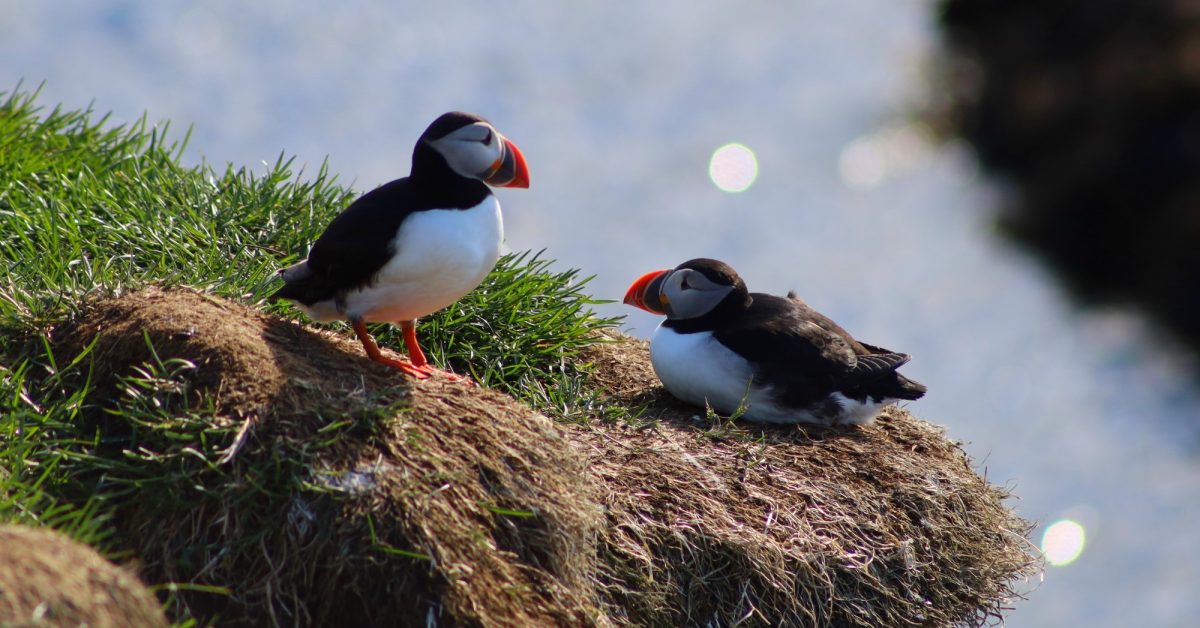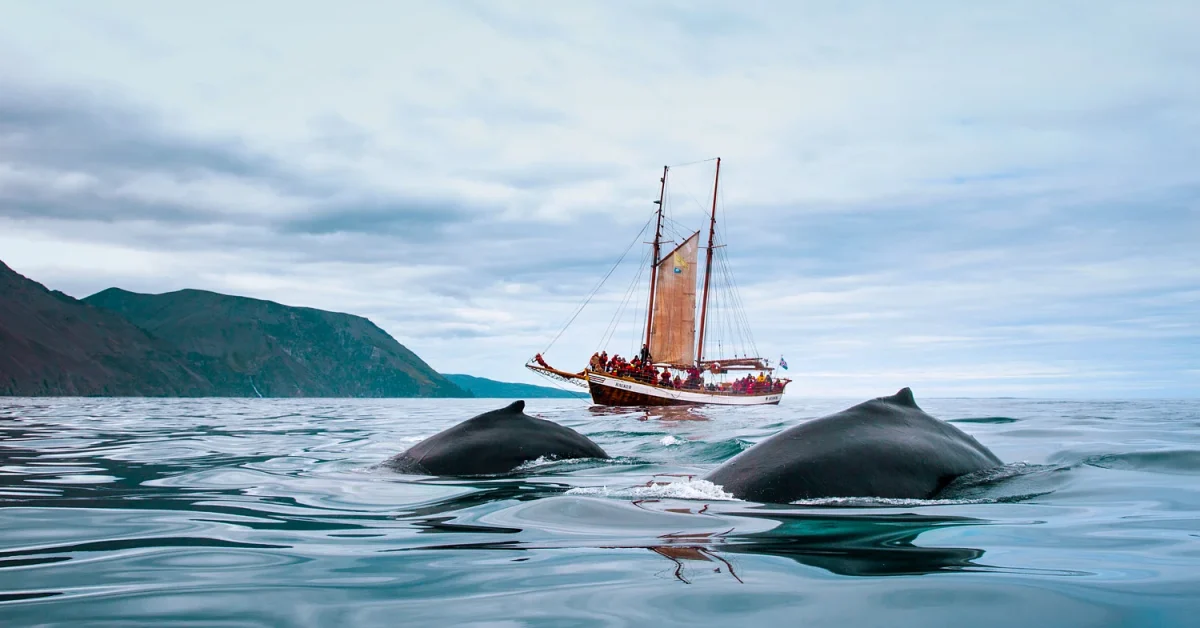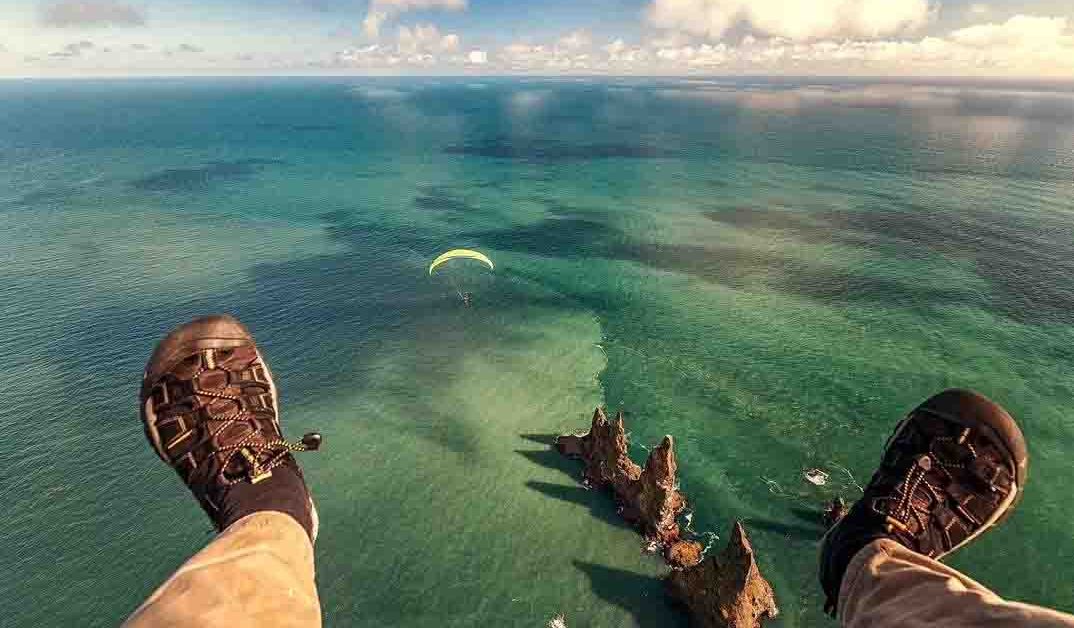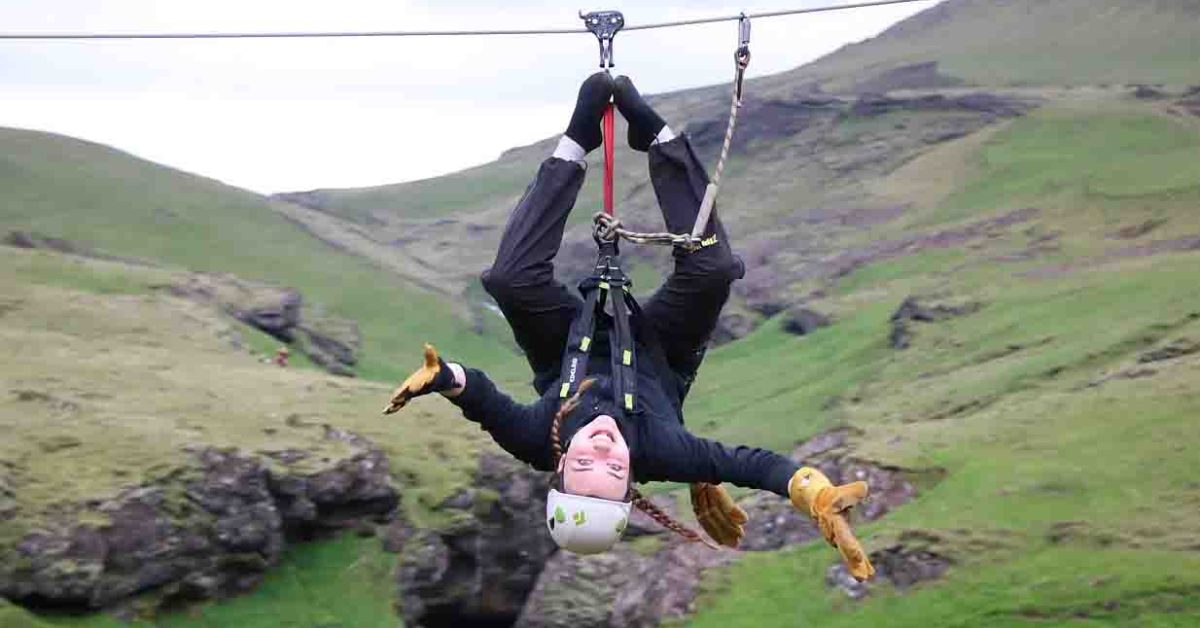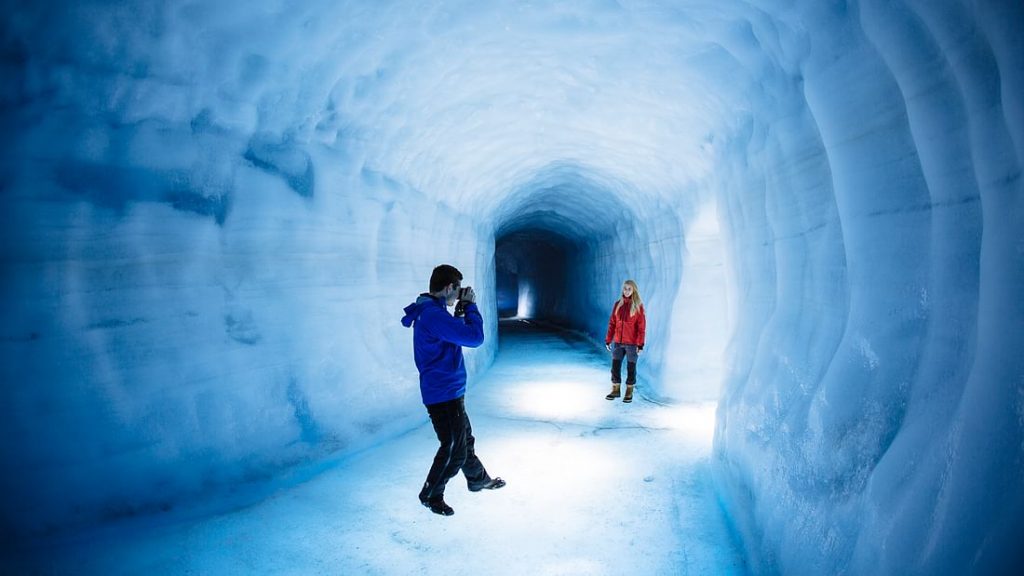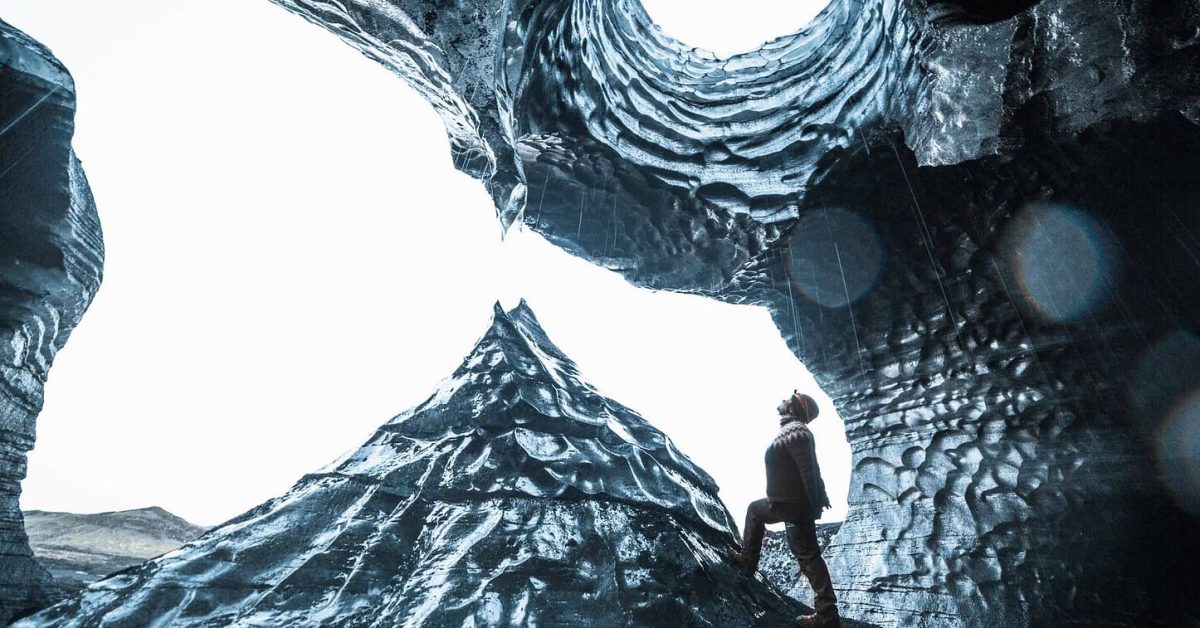Iceland in June. Can we even sleep without darkness?
Summer in Iceland started this year on the 20th of April, but we are beginning to feel the summer in June. It is the month when the midnight sun happens, and we have 24 hours of light. Do not worry; we sleep even if we do not have darkness.
The midnight sun is the perfect replacement for the northern lights that are not visible during summer. The sky is painted warmly, and there is more time to explore this beautiful country.
Many unique and breathtaking adventures are available during summer, and during June, we also have some festivals and national holidays to celebrate. Take part in them if you are in Iceland in June.

Weather in Iceland in June
In June, Iceland experiences the peak of its brief but vibrant summer season. The weather during this time tends to be milder and more stable compared to earlier months.
Average temperatures across the island range between 8 to 13 degrees Celsius (46 to 55 degrees Fahrenheit) in various regions, with the southern parts often slightly warmer.
June brings extended daylight hours, with almost 24 hours of daylight in some areas, thanks to the phenomenon of the midnight sun. This creates ample opportunities for exploration and outdoor activities under continuous daylight.
While June generally sees more sunshine and pleasant conditions, Iceland’s weather remains unpredictable, with occasional rain showers and gusty winds.
Nonetheless, it’s a fantastic time to witness the country’s stunning landscapes in full bloom, with greenery spreading across the countryside and many vibrant wildflowers adding colour to the picturesque scenery.

How to dress for visiting Iceland in June
When packing for a June visit to Iceland, dress in versatile layers to navigate the fluctuating weather. Start with thermal or woollen base layers, adding fleeces or sweaters as mid-layers for insulation.
A waterproof, wind-resistant jacket and pants are crucial outer layers for outdoor adventures. Sturdy, waterproof hiking boots, gloves, a warm hat, and a scarf are necessary for added comfort.
Opt for casual, comfortable clothing for indoor or city exploration, including jeans and T-shirts. Don’t forget swimwear for the abundant geothermal pools and hot springs.
Prepare for the unpredictable Icelandic weather by being adaptable and ensuring you’re ready for any adventure, whether glacier hiking or capturing stunning landscapes.
Don’t forget your swimsuit! Iceland has plenty of geothermal pools and hot springs to enjoy.
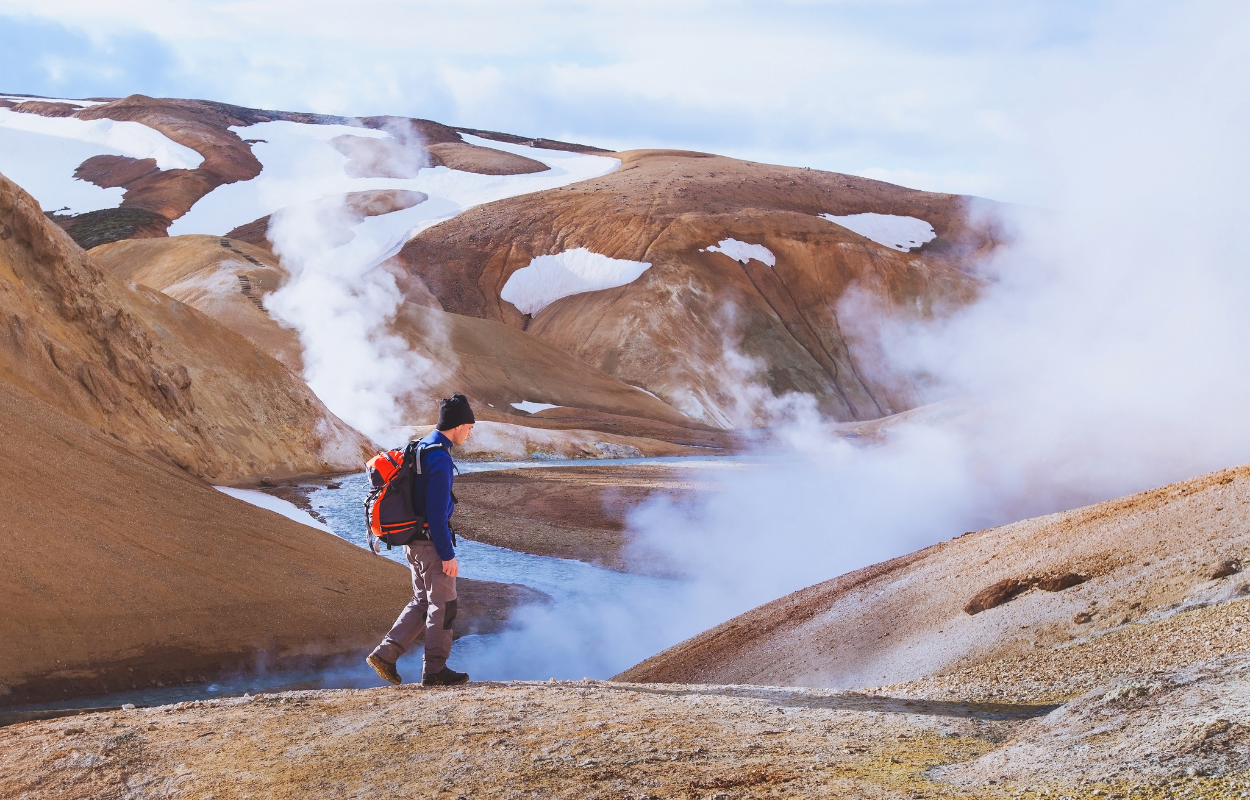
Celebrate together with Icelanders
Fishermen’s Day
First weekend of June
Fishermen’s Day is celebrated in Iceland every year on the first Sunday of June.
By tradition, fishing is a widespread profession that sustained and developed the country’s economy. In 1938, Reykjavik and Ísafjörður celebrated Fishermen’s Day to give the sailors a day off and respect them.
Fishermen’s Day is celebrated with food (of course, fish), boat rides, time spent with family, music, dances, and speeches.
There are many little towns across Iceland that, together with Reykjavik, are celebrating Fishermen’s Day with different events, to name a few: Festival of the Sea by Reykjavík Harbor, Happy Sailor Festival in Grindavík, and also celebrations in Bolungarvík in the Westfjords, Akranes in West Iceland, and Ólafsfjörður in North Iceland.
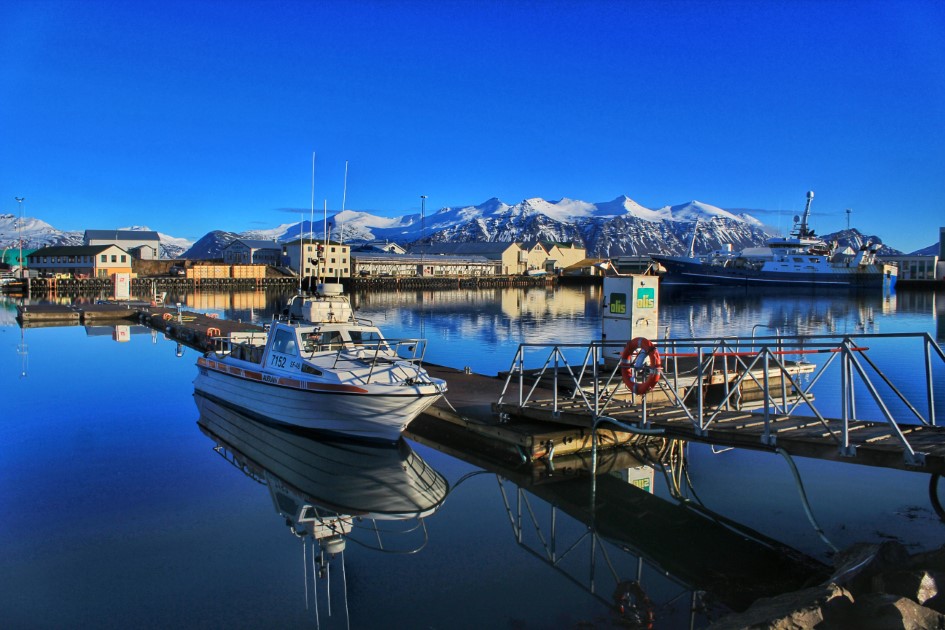
Icelandic National Day
17 June
National Day of Iceland commemorates the foundation of The Republic of Iceland on 17 June 1944. This day was chosen to coincide with the birthday of Jón Sigurðsson, a significant figure in the Icelandic independence movement. This day also marked the end of the Danish Crown’s influence over Iceland.
This day is also known as the Independence day in Iceland. The Icelandic National Day is celebrated with parades, social events, games, and food. Join the locals in celebrations if you are travelling to Iceland in June.
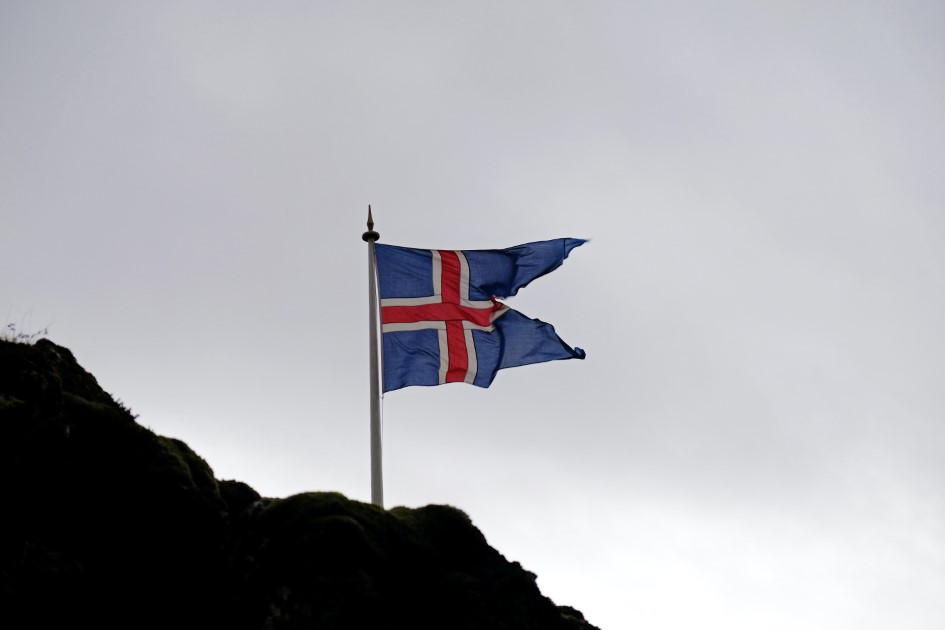
What to do in Iceland in June
Sightseeing and hiking
This is the perfect time for exploring the country and hiking in the Icelandic Highlands, accessible only during summer.
The “never-ending” day gives you plenty of time for sightseeing, and the weather is warmer and calmer than in other seasons.
The Highlands are accessible for hiking, and we recommend doing that only with a guide who knows the relief and the trail better.
Laugavegur – Iceland’s most famous trek from Landmannalaugar to Þórsmörk lives up to the hype. The magical, diverse landscape and the long, bright Icelandic summer days will capture your nature-loving heart.
This trail takes adventurers from the geothermal valley of Landmannalaugar and the southern highlands, over the southern highlands to the Þórsmörk valley at the foot of the world-famous Eyjafjallajökull volcano.
The trail crosses many spectacles, including the world’s third most extensive geothermal zone, through yellow rhyolite mountains, over black deserts, past incredible canyons and finally into the verdurous valley of Þórsmörk. It is no coincidence that the “Laugavegur” hike each year attracts travellers worldwide and is an excellent favourite amongst locals.
These hikes are long for about five days, including camping and many hours of continuous hikes. Some tours will take you hiking in Landmannalaugar.
Snorkelling at Silfra should be on your bucketlist. Described as one of the top dive sites globally by National Geographic, Silfra is located in the historically rich Thingvellir National Park – part of the famous Golden Circle route.
Snorkelling in Silfra is a once-in-a-lifetime transcontinental experience.
The guides will show you what National Geographic has described as one of the top dive sites in the world. As you glide between tectonic plates floating on pure, filtered glacial meltwater, you’ll find out for yourself and tick off your bucket list for the ultimate tour on breathtaking underwater views only available in Iceland in the world’s most transparent waters.
The warm weather in the summer is melting the ice on the glacier lagoons, and the boat tours can operate again. The most famous glacier lagoon of Vatnajökull is Jökulsárlón Glacier Lagoon, full of icebergs broken from Breiðamerkurjökull tongue.
All the icebergs from this lagoon are taken by the ocean currents and brought back to land at Diamond Beach, right next to the lagoon.
Jökulsárlón Glacier Lagoon is one of the most visited places in Iceland and for an excellent reason. Also called the Crown Jewel of Iceland, Jökulsárlón Glacier Lagoon will impress you with its beauty and unicity. The landscape is fantastic.
The glacier lagoon is not frozen during the summertime, so boat trips on the lagoon are almost every day. There are two options for boat tours on the Jökulsárlón Glacier Lagoon.
You probably have seen photos of the “Elephant Rock” and pictures of an island with only a building. Those are some of the most famous images from Iceland that you will see online, but where were they taken? Westman Islands!
Located in the South of Iceland, Vestmannaeyjar is an archipelago with 15 islands and 30 rock stacks. It is one of the most exciting places in Iceland as it has a rich and not-so-happy history but rich geology.
Also, Westman Islands have rich wildlife that includes many species of birds and the largest population of puffins, the first beluga whale sanctuary in the world, and many other species of whales on the ocean waters near the islands.
You can experience all those natural wonders from a boat tour around the Westman Islands. We recommend three boat tours on the Westman Islands operated by our friends from RIB Safari.

The South Coast of Iceland is a geological masterpiece of past volcanic activity. South Coast has some of the most beautiful black sand beaches and an impressive volcanic and glacial relief.
Exploring the South Coast is such an exciting experience, and it can become unforgettable if you study it on an ATV tour.
Our friends from Arcanum are organising some ATV tours on the South Coast of Iceland during summertime, and you have to try one.
Every summer, we have some cute visitors here in Iceland, and they stay with us from mid-May to mid-August. I am talking about puffins. The little birds are unofficially the national bird of Iceland.
Although you can find the largest colony of puffins in south Iceland in Westman Islands, there are also other places where you will see puffins during summer, and those places are Látrabjarg, Ingólfshöfði, Flatey Island, Borgarfjörður Eystri, Breiðafjörður.
They usually stay on the cliffs along the coast to see them in other areas such as Dyrholaey, Grimsey Island or Akurey, Engey or Lundey Islands. Still, the larger colonies can be found in the places mentioned above.
Try a puffin-watching tour and admire these cute birds closer to their natural habitat.
The summer season is great for whale watching, as the wildlife in the bay is at its highest peak. This is when the minke whales, along with the white-beaked dolphins, harbour porpoises and humpback whales, are most abundant.
The best part of travelling to Iceland during summer is that you can do some excellent activities there. And mainly speaking of whale watching, the summer season is the best because whales can be seen in many parts of Iceland.
Before going on a tour, you must understand that bad weather conditions can reschedule or cancel the tour. Also, as you watch marine life, you have to realise that everything happens in the whales’ natural environment, and you will not be guaranteed to see many whales. Sometimes, it sees no whales, but those cases are rare.
For adrenaline lovers, kayaking tours are perfect. You can go kayaking on the Icelandic rivers or the glacier lagoons. To sail along the immense glaciers is something you have to try.
See Iceland from above on a tandem paragliding tour. Iceland is beautiful on the ground, but from above, it is astonishing.
You need no prior knowledge to do this tour; you have to bring courage, and then you will fill up with adrenaline.
A zipline ride is a great adventure for all those who love the thrill of doing something challenging but, at the same time, very safe.
See the stunning Black Sand Beach from above on a zipline adventure—the best activity to do in Iceland in June.

Geothermal baths and hot springs
There is no right time for a geothermal bath. And it is a must-do in Iceland. Check our blog to see the best places to relax like a true Viking and where you can find natural hot springs in Westfjords.
Also, book your ticket now if you plan to come to Iceland in June.
Depending on the temperatures outside, there might be changes in the operation of the Katla Ice Cave tour.
The temperatures are rising, and the ice caves at Vatnajökull glacier have become dangerous to explore. However, some ice caves are available for exploration all year.
One ice cave is the Katla ice cave in South Iceland. It is located in the Kötlujökull glacier, part of the Mýrdalsjökull glacier.
And the other one is the ice cave at Langjökull Glacier. The ice cave at Langjökull is artificial, so there has been an entire process to carve into the glacier and form the tunnel.
Local authorities opened the ice cave to the public in 2015, and the tunnel inside the glacier is 550m long and goes 30 meters into the glacier.
If you want to explore some ice caves, these are excellent options in Iceland in June.
In June, Iceland has many more exciting and unique activities; check the ones below and enjoy your time in the Land of Fire and Ice.













